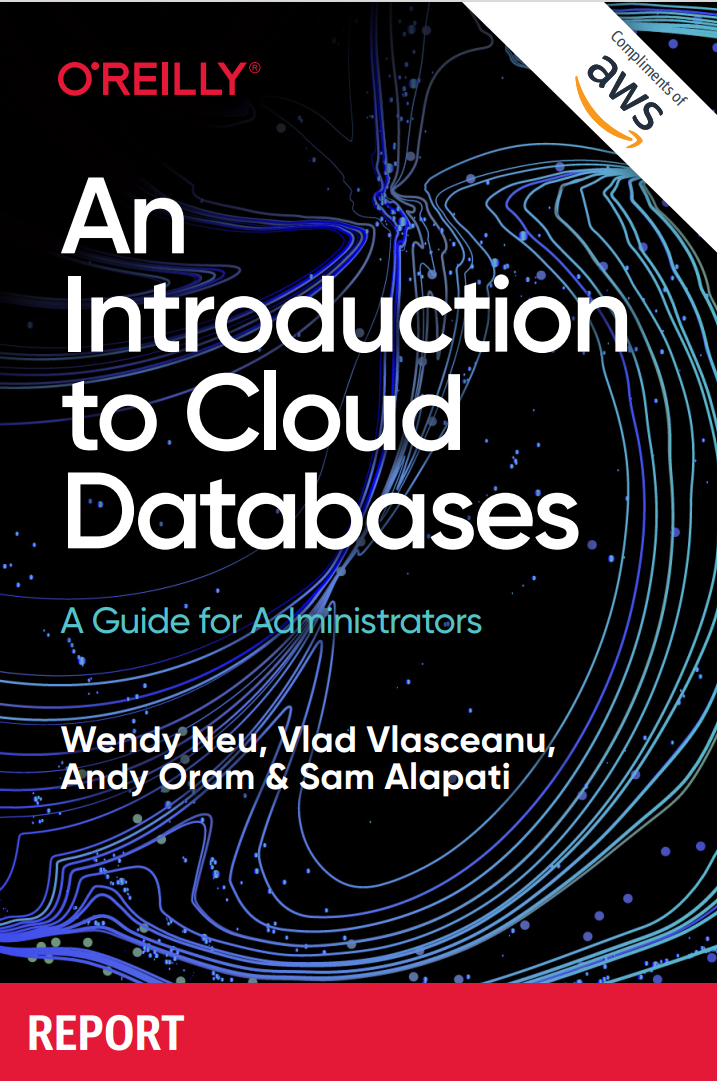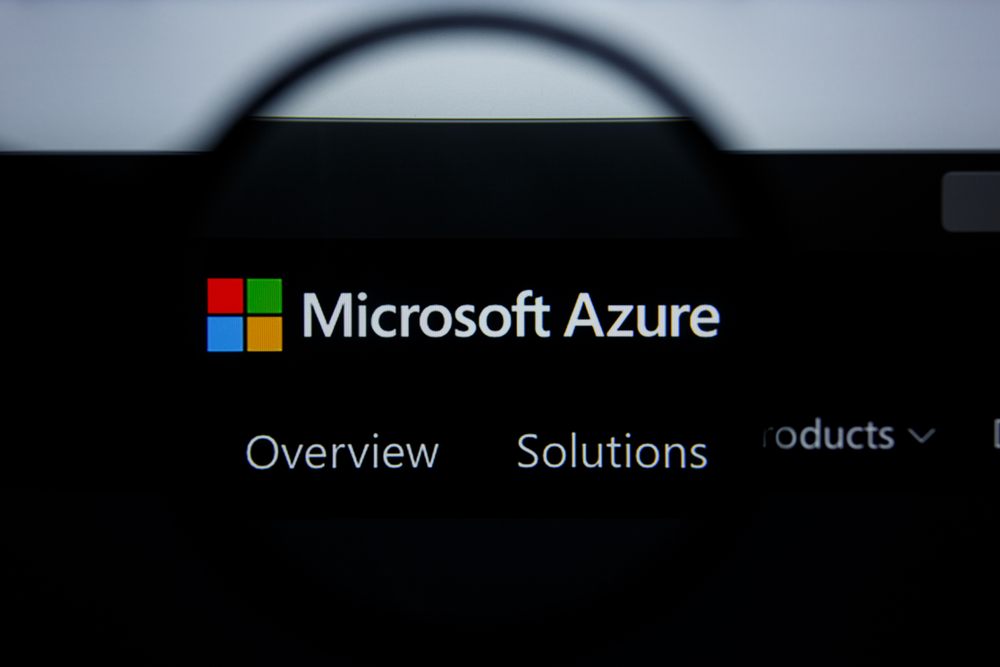Timeline: Outbreak! - The rise of the SQL infection
IT PRO has been watching and charting the progress of what is one of the biggest and most high profile web security threats of this year - the SQL injection.

The first six months of 2008 has seen a massive increase in SQL injection attacks, which can lead to legitimate websites we know and trust being compromised and infected with malware.
An SQL injection attack occurs when an attacker exploits weaknesses in the design of a website, gaining access and taking it over. Once in control of the database they will take data and add a malicious link. This usually takes the form of a drive-by download.
December 2006: Database attacks to increase in 2007
It was back at the end of 2006 when IT PRO first looked at the growing threat of the SQL injection attack. The chief executive of data security company Secerno Paul Davie predicted that by 2007, the SQL injection would become the number one attack vector on internet-facing systems.
August 2007: Hackers deface UN website in protest
Around this time last year, there was an SQL injection attack which was more about vandalism rather than financial motivation, but nevertheless saw major potential for damage. At the time there was surprise that it affected such a high profile website, but as 2008 has seen it is now much more common for this to happen.
April 2008: Microsoft denies fault for massive SQL attack
Get the ITPro daily newsletter
Sign up today and you will receive a free copy of our Future Focus 2025 report - the leading guidance on AI, cybersecurity and other IT challenges as per 700+ senior executives
Last April saw one of the most serious SQL injection attacks in history, with half a million web pages affected thanks to an automated attack taking advantage of website vulnerabilities. Microsoft themselves denied responsibility for the problem, but it did show the size of the possible threat as well at the potential for harm.
May 2008: Websites hit by silent love China attacks
Another 9,000 Western websites were compromised thanks to an attack believed to have been launched from China. The attacks took advantage of Real Player and Internet Explorer vulnerabilities to inject an iframe which loaded malicious content in this case a password stealing Trojan.
July 2008: NHS website affected by mass SQL Asprox' attack
IT PRO led with a story about an SQL injection attack caused by a Trojan toolkit called Asprox which worked by searching for Google pages which are ripe and vulnerable for an attack. Around a thousand websites were affected including many respectable and governmental organisations, included the official NHS website.
July 2008: One infected webpage every five seconds during 2008
The latest Sophos report showed very little hope of a solution to the increase in SQL attacks, confirming that SQL injection is one of the most dominant malware trends of 2008. The biggest problem was that many websites were not coded properly, and this was the vulnerability that allowed trusted places to get hit. Sophos claimed that the problem would only get worse in the next six months, and warned businesses to keep a close eye in keeping their online presences clean.
-
 Should AI PCs be part of your next hardware refresh?
Should AI PCs be part of your next hardware refresh?AI PCs are fast becoming a business staple and a surefire way to future-proof your business
By Bobby Hellard
-
 Westcon-Comstor and Vectra AI launch brace of new channel initiatives
Westcon-Comstor and Vectra AI launch brace of new channel initiativesNews Westcon-Comstor and Vectra AI have announced the launch of two new channel growth initiatives focused on the managed security service provider (MSSP) space and AWS Marketplace.
By Daniel Todd
-
 P2PInfect self-replicating Rust worm discovered attacking Redis instances
P2PInfect self-replicating Rust worm discovered attacking Redis instancesNews Researchers believe that the worm could be laying the groundwork for a larger campaign to be launched at some point in the future
By Rory Bathgate
-
 Redefining modern enterprise storage for mission-critical workloads
Redefining modern enterprise storage for mission-critical workloadsWhitepaper Evolving technology to meet the mission-critical needs of the most demanding IT environments
By ITPro
-
 MWC 2023: Huawei launches 'world's best' ransomware detection system
MWC 2023: Huawei launches 'world's best' ransomware detection systemNews Huawei claims its Cyber Engine database security system has a 99.9% detection rate, but experts have been quick to weaken the sentiment
By Bobby Hellard
-
 Dutch hacker steals data from virtually entire population of Austria
Dutch hacker steals data from virtually entire population of AustriaNews The data was stolen from a misconfigured cloud database found by the attacker through a search engine
By Zach Marzouk
-
 IRS mistakenly publishes 112,000 taxpayer records for the second time
IRS mistakenly publishes 112,000 taxpayer records for the second timeNews A contractor is thought to be responsible for the error, with the agency reportedly reviewing its relationship with Accenture
By Zach Marzouk
-
 Database and big data security
Database and big data securityWhitepaper KuppingerCole 2021 Leadership Compass Report
By ITPro
-
 Modernise your legacy databases in the cloud
Modernise your legacy databases in the cloudWhitepaper An introduction to cloud databases
By ITPro
-
 Microsoft Azure flaw exposed 'thousands' of customer databases
Microsoft Azure flaw exposed 'thousands' of customer databasesNews Security research Wiz describes Cosmos flaw as "the worst cloud vulnerability you can imagine"
By Bobby Hellard